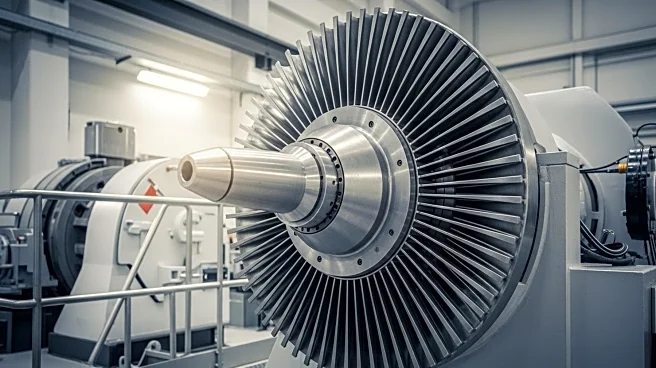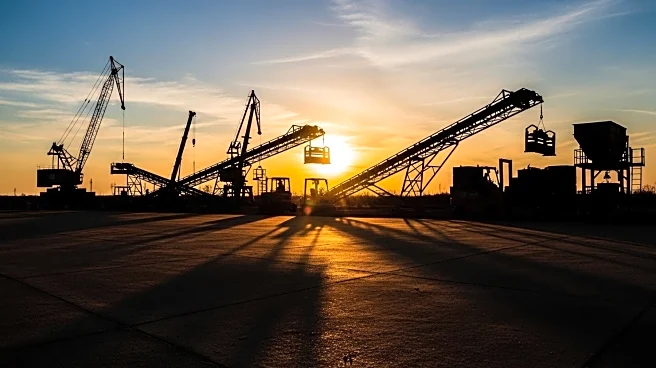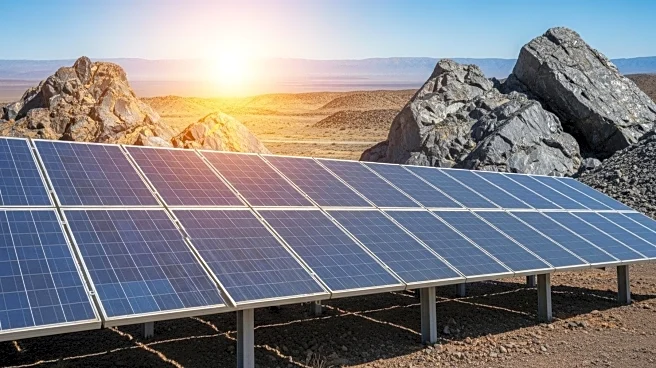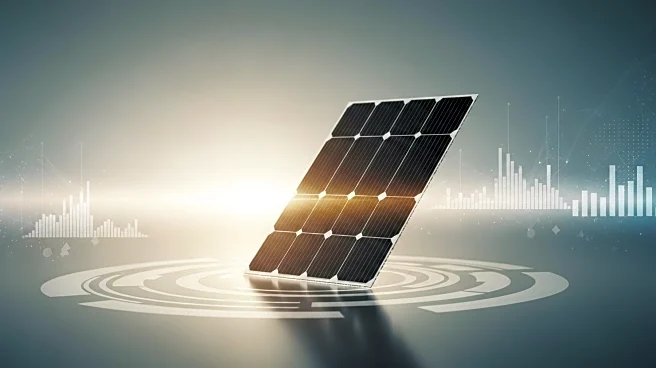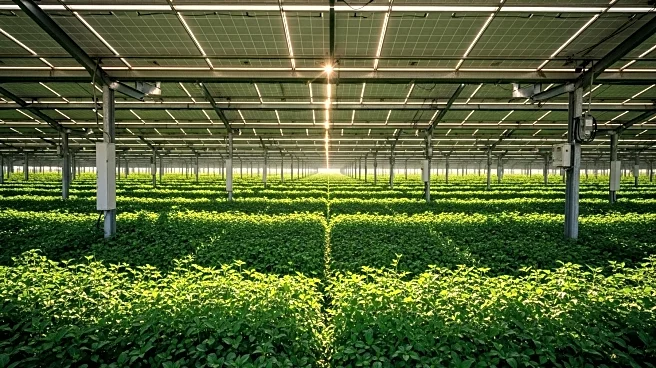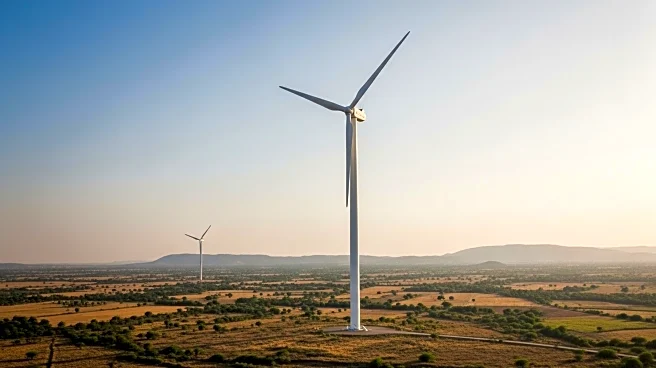What is the story about?
What's Happening?
Voith, a global technology company specializing in the hydropower sector, has successfully completed the second turbine upgrade at the Roxburgh Hydropower Station in New Zealand. This upgrade is part of a four-turbine modernization project at the 1950s-era facility owned by Contact Energy. The second unit was commissioned after a testing phase and a 10-day endurance run, and it was cleared for commercial operation in mid-August. The upgrade has resulted in higher output with the same water flow, significantly increasing efficiency. The project has been facilitated by insights gained from the first turbine upgrade, completed in December of the previous year, which helped reduce the on-site implementation time for the second unit by over a month.
Why It's Important?
The completion of the second turbine upgrade at Roxburgh Hydropower Station is significant as it enhances the efficiency and output of a key piece of infrastructure that has been powering New Zealand for over half a century. This modernization effort not only supports the country's energy needs but also demonstrates the potential for similar upgrades in other aging hydropower facilities worldwide. The collaboration between Voith and Contact Energy, along with local subcontractors, highlights the importance of international partnerships in achieving technological advancements in the energy sector. The increased efficiency of the turbines contributes to more sustainable energy production, aligning with global efforts to reduce carbon emissions and transition to cleaner energy sources.
What's Next?
The third turbine, manufactured at Voith's facility in India, has already arrived in New Zealand and will be installed following the dismantling of the existing third unit. This ongoing process is expected to continue enhancing the station's capacity and efficiency. The successful execution of this project may encourage further investments in hydropower modernization projects, both in New Zealand and globally. Stakeholders in the energy sector will likely monitor the outcomes of this project to assess the feasibility and benefits of similar upgrades in other regions.
AI Generated Content
Do you find this article useful?
